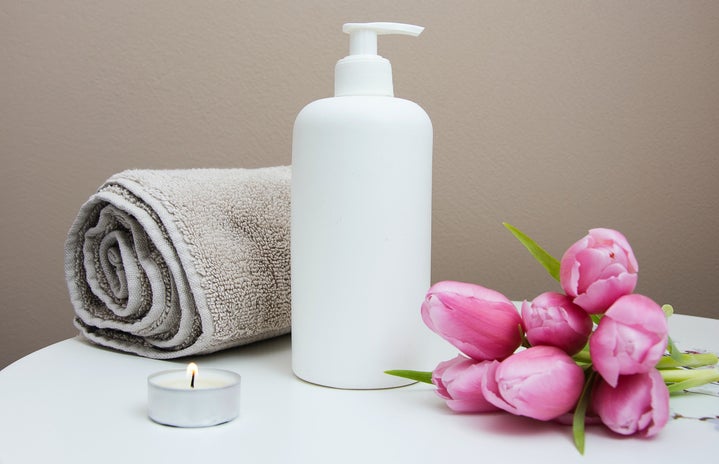Edited by Sophia Savva
A beauty tip that has been going around the web for some time now is to avoid using oil as much as possible if you have oily or acne-prone skin. There is this perception that oil on top of an oily skin type will equal oily heaven and 24/7 shine. And nobody really wants that. However, this tip does not consider what type of oil to use. Just as there are moisturizers meant for dry skin or combination skin, the same concept goes for natural oils.
There is a science to understanding which oil works best for your skin type. Oils are essentially composed of fatty acids. In regards to skincare, considering linoleic and oleic acid is important, as is the ratio of these two acids in determining whether an oil is better suited for dry skin versus oily skin.
When our skin lacks linoleic acid, our skin’s natural sebum ends up clogging our pores as it gets thicker, therefore, resulting in acne. In order to compensate, topical use of linoleic acids can help with keeping acne at bay. By applying oils leaning toward the linoleic side, it creates a balance.
Acne
For acne, two oils highly recommended include hemp seed and safflower oil.
Hemp Seed oil has a comedogenic score of zero, which means it will not break you out nor clog your pores. It is said to help in reducing acne and redness and in healing hyperpigmentation and scars. It is also associated with removing blackheads and improving the skin’s elasticity. It is also applicable for people struggling with eczema and psoriasis.
Safflower oil also has a comedogenic score of zero and higher levels of linoleic acid than other oils, making it another ideal oil for those dealing with acne.
Oily Skin
For oily skin types, jojoba and hazelnut oil are known to work wonders.
Jojoba oil has a non-greasy and lightweight texture to it which makes it easier to absorb into the skin. It mimics the skin’s natural sebum, giving it the illusion that enough oil has been produced, thus reducing overall sebum production. It has a comedogenic score of 2.
Hazelnut oil, like the former, is easily absorbed by the skin and also has a comedogenic score of 2. It has anti-bacterial properties that act as an astringent, therefore it also helps with acne. If you have sensitive skin, this would be a good option as well.
Dry Skin
For dry skin types, olive and argan oil are your go-to ingredients.
Olive oil is packed with vitamin A, E, K, and much more while also rich in antioxidants. It ensures your skin is moisturized while fighting bacteria. It has a comedogenic score of 2.
Argan oil is known for its anti-aging properties and in maintaining the skin’s overall hydration and glow. Loaded with vitamin E and other fatty acids, it keeps the skin moisturized and soft without that greasy feeling. It has a comedogenic score of 0.
All Skin Types
If you’re not sure what your skin type is but still want to try applying oil on your face, grapeseed is a safe choice!
Grapeseed oil, with a comedogenic score of 2, is light in its consistency and is known for its ability to reduce clogged pores while feeding your skin an abundant amount of vitamin E.
Don’t be intimidated by trying out oils on your face, especially those dealing with acne-prone or oily skin. As long as you pick one that caters to your needs, it can work miracles and improve your skin a great deal!


